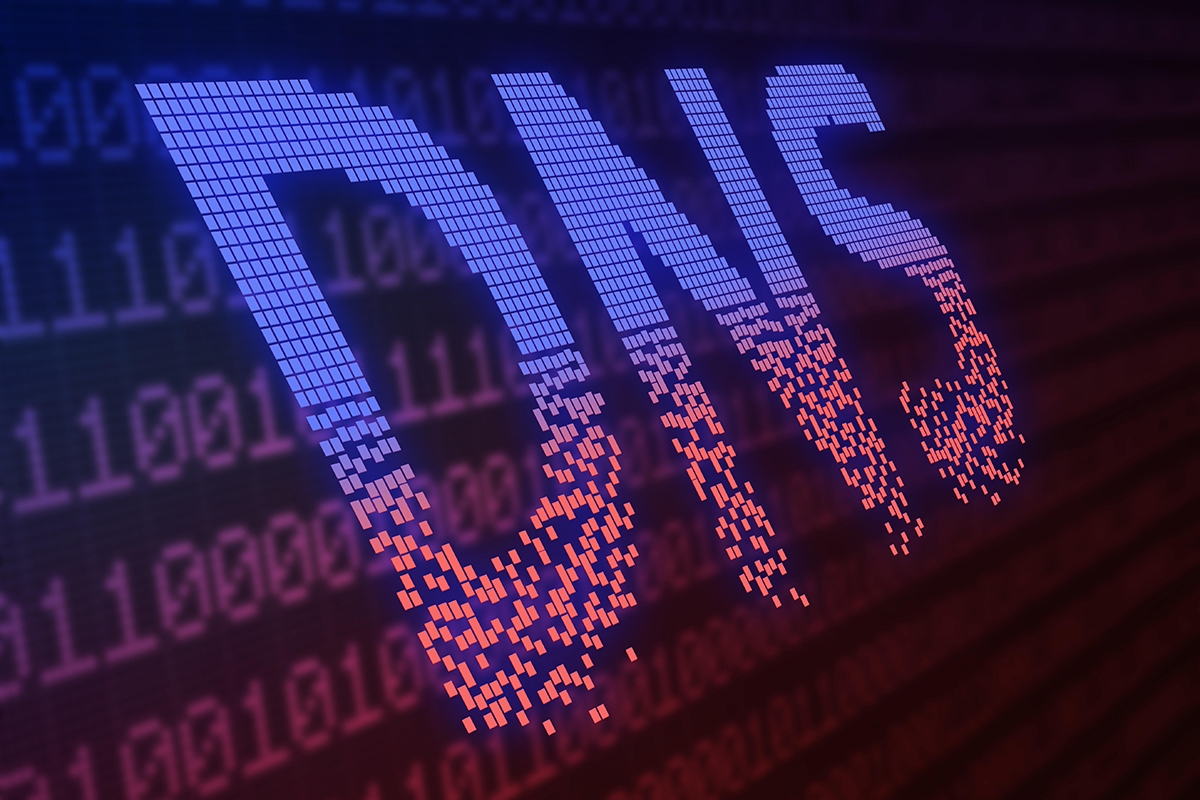Wray defends FISA, says law used to ‘detect and thwart’ Chinese hacking of US critical infrastructure
The FBI was able to “detect and thwart” Chinese hackers attempting to access U.S. critical infrastructure, as well as malign threats from other adversaries, under Section 702 of the Foreign Intelligence Surveillance Act, FBI Director Christopher Wray said Friday in a letter to Congress defending the law.
Fox News Digital obtained letters Wray sent to House Speaker Kevin McCarthy, R-Calif., and Senate Majority Leader Chuck Schumer, D-N.Y., on Friday highlighting the positives of the surveillance tool amid significant reforms the bureau has made under his leadership.
The letters come on the same day the FISA Court released its 2023 opinion, which said a U.S. senator and a state senator were queried under FISA Section 702 in June 2022, and a state judge was queried in October 2022 — demonstrating a “failure” to follow FBI policy.
The opinion, though, said “the FBI has been doing a better job in applying the querying standard,” and said its compliance rate with that standard is more than 98%, after the implementation of reforms.
FISA COURT OPINION REVEALS A US SENATOR, STATE SENATOR, STATE JUDGE GOT SWEPT UP IN 702 QUERIES

FBI Director Christopher Wray speaks during a news conference in Omaha, Nebraska, on Aug. 10, 2022. (AP Photo/Charlie Neibergall)
Wray’s letters highlighted the successes the bureau has had in combating threats, using the tool of Section 702, which will sunset on Dec. 31 and requires congressional reauthorization.
“Section 702’s critical importance to our national security has only grown with the evolution of technology and threats. Without Section 702 we would be unable to plug a critical intelligence gap — one that foreign threat actors regularly exploit as they traverse computer networks and electronic service providers to conduct cyberattacks, espionage campaigns, or coordinate with likeminded terrorists,” Wray wrote.
Wray called Section 702 “invaluable” to the FBI’s ability to “know what our foreign adversaries are doing and how they are doing it — intelligence without which we could not protect Americans or the homeland.”
Section 702 of Foreign Intelligence Surveillance Act (FISA) allows the government to conduct targeted surveillance of non-U.S. citizens…



